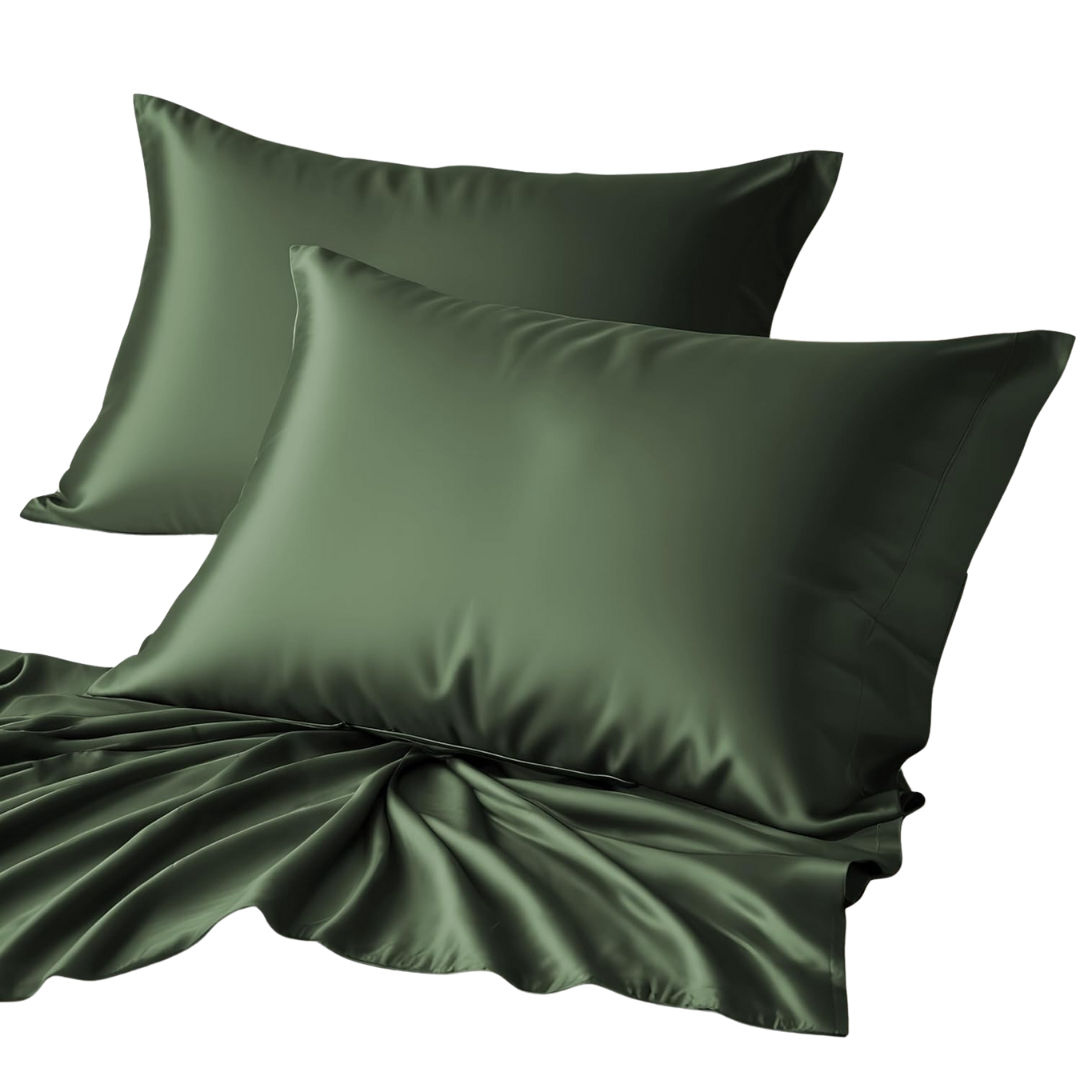Are Silk or Bamboo Pillowcases Better for Your Sleep, Skin, and Hair? We Ask the Experts for the Facts
Silk has a legacy; bamboo has celebrity endorsement. Both are lustrous and cooling — but which is actually worth sleeping on?


It’s not exactly an age-old debate, but in 2025, the silk vs bamboo pillowcase discourse is decidedly… heated. By now, we know silk: long hailed as a skincare savior, loved by the mildly neurotic and beauty-obsessed alike (myself included). But lately, bamboo pillowcases have crept into the conversation — often more affordable, with a similar glossy finish. And in this economy, that’s worth clocking.
So: are silk pillowcases still the gold standard they claim to be? Or is the (relatively) new kid on the block — bamboo — actually the smarter choice?
To find out, I spoke with Cozy Earth — the brand behind Kris Jenner’s viral sheets (Oprah-approved, too) and a go-to purveyor for both bamboo and silk bedding.
“Bamboo viscose and silk are both incredible options if you’re looking for high-quality bedding," says the Cozy Earth product team. "They’re both luxuriously soft and come from natural fibers.”
External factors like budget (and importantly, the environment) matter — and in those departments, bamboo tends to win. It’s easier to produce, often cheaper, and has a sheen and softness that rivals silk. Still, if silk were to exist in a vacuum, it’s probably the better and more indulgent pick.
Of course, there’s plenty more to consider depending on your skin, sleep style, and priorities. Below, I’ve broken down the case for both. Read on to settle the debate for yourself.
What Are the Benefits of Silk Pillowcases?
Pillowcases made of silk are for beauty sleep — in more ways than one. According to the Cozy Earth product team, silk “is considered the gold standard in luxury bedding, particularly praised for its benefits to hair and skin.”
The Livingetc newsletters are your inside source for what’s shaping interiors now - and what’s next. Discover trend forecasts, smart style ideas, and curated shopping inspiration that brings design to life. Subscribe today and stay ahead of the curve.
The smooth surface helps reduce hair breakage, minimizes friction on skin (which can help with wrinkle prevention), and doesn’t tug or pull — meaning you wake up looking less rumpled, more radiant.
As LILYSILK brand lead Wendy Zhang notes, “Silk is naturally hypoallergenic, which means it’s resistant to dust mites, fungus, mold, and other allergens. This can be particularly beneficial for those who suffer from allergies or have sensitive skin.”
Silk bedding is also naturally thermoregulating, so you’re less likely to find yourself flipping your pillow in search of the “cool side.”
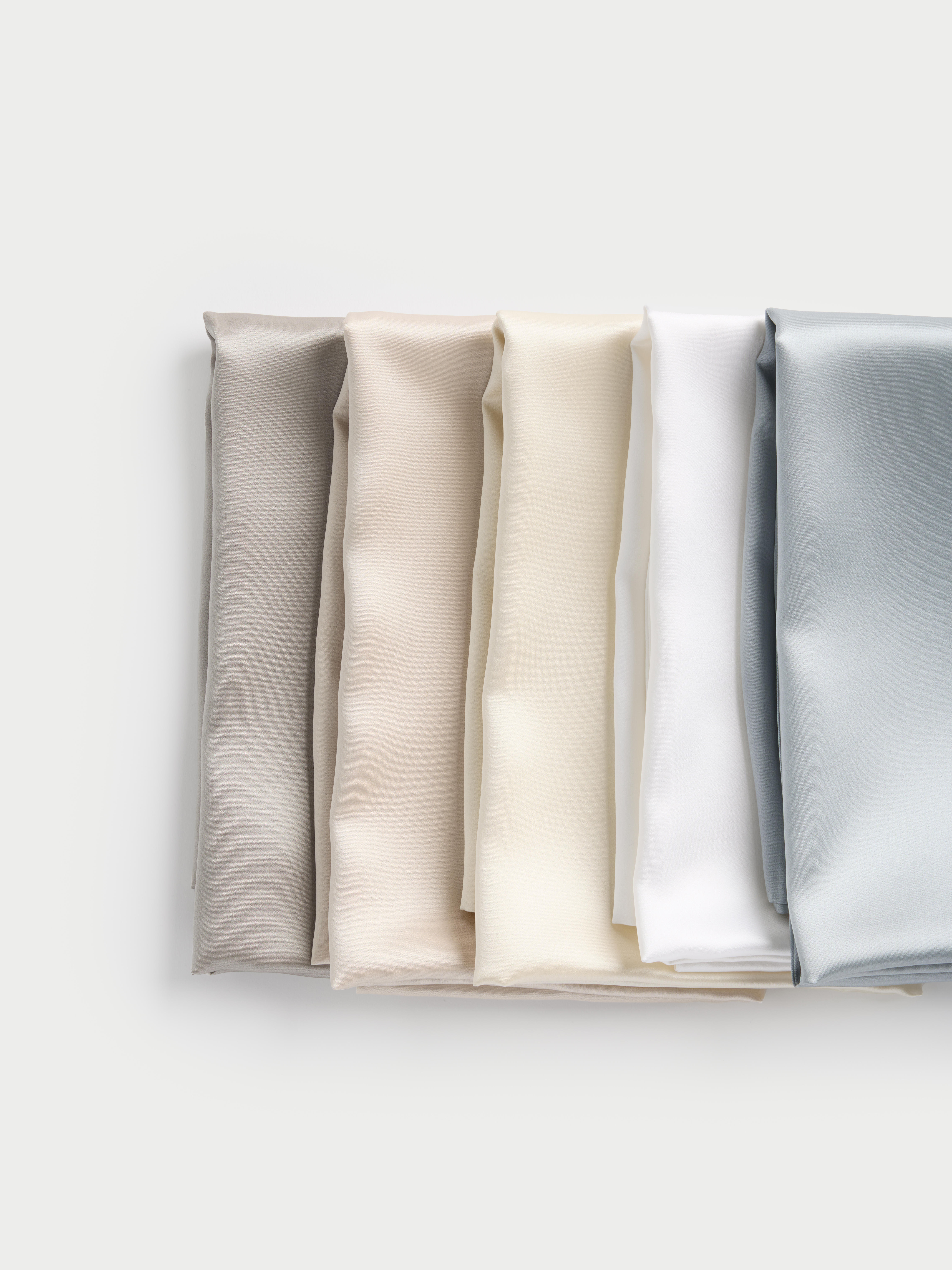
What Are the Benefits of Bamboo Pillowcases?
“Bamboo viscose is generally more affordable than silk because it’s easier and faster to produce,” says Cozy Earth’s product team. Bamboo is a fast-growing grass — some species shoot up 35 inches a day — making it one of the most renewable resources on the planet.
Compare that to silk, which takes over 12,000 silkworm cocoons just to produce a single comforter, and bamboo’s sustainability case is ironclad.
Beyond its eco appeal, bamboo is also breathable, durable, and exceptionally soft — three reasons Cozy Earth says it’s “ideal for hot sleepers.”
What Are the Disadvantages of Silk Pillowcases?
Let’s address the obvious: silk is a luxury material, and that often comes with a luxury price tag. Most silk pillowcases fall on the higher end of the budget spectrum (though you can still find great deals — see the shopping guide at the bottom of this page).
And now, for the less obvious: the feel. While many love silk for its signature sheen and slippery texture, it’s not for everyone. “Some customers find silk pillowcases too slippery for their liking,” the Cozy Earth team notes.
What Are the Disadvantages of Bamboo Pillowcases?
Bamboo isn’t hypoallergenic like silk — so if you’re ultra-sensitive or prone to allergies, it might not be your first choice.
That said, bamboo still outperforms traditional bedding materials (like cotton) on the cleanliness front. “It reduces the amount of moisture in your bed, which discourages dust mites — a major allergy trigger — from breeding,” says the Cozy Earth team. It’s also gentle on sensitive skin, which puts it miles ahead of most scratchy, stuffy pillowcases.
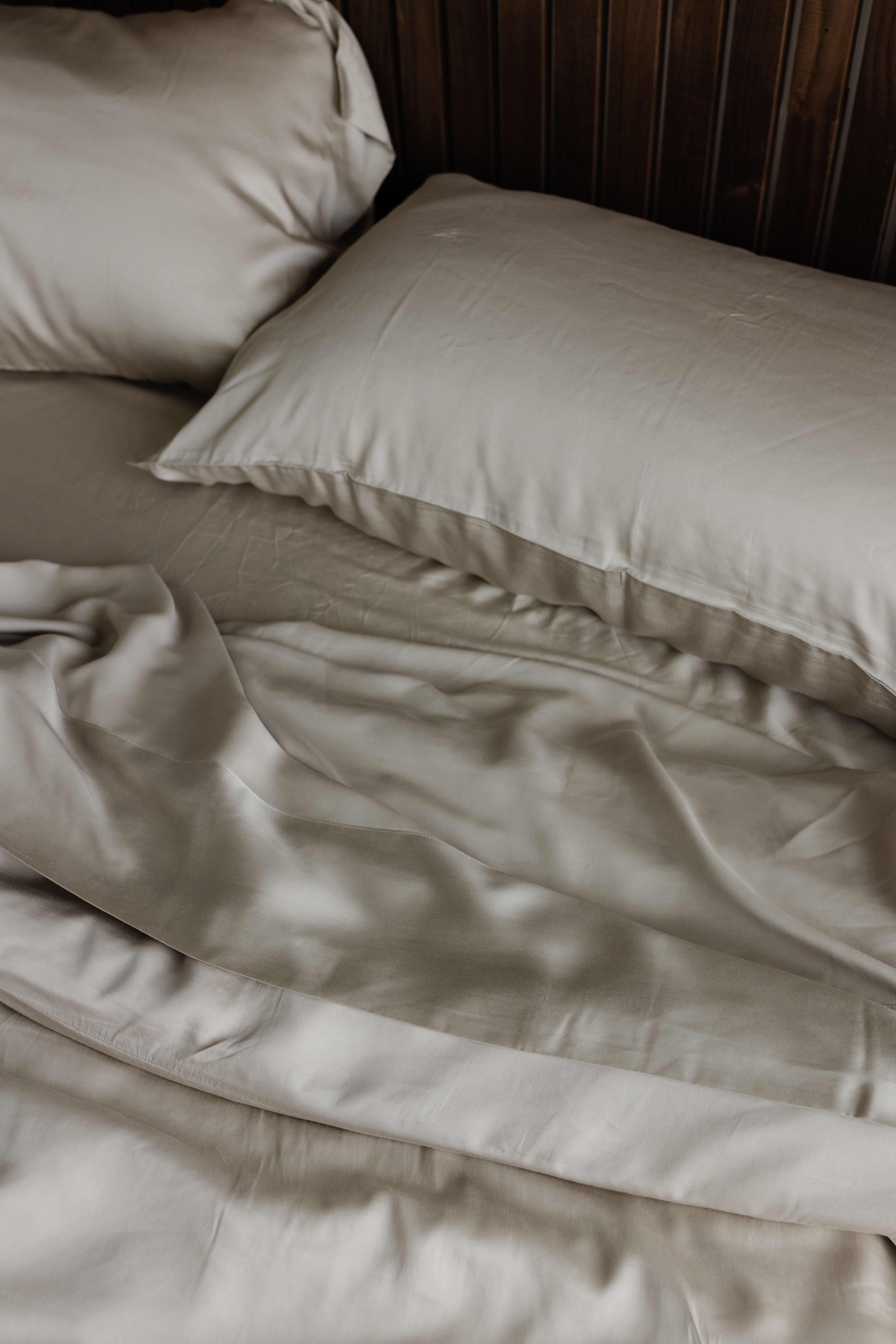
How Do You Care for Each?
All the benefits in the world won’t matter if you can’t keep your pillowcase clean — and when it comes to silk and bamboo, care does differ.
Silk is the more delicate of the two, which means you’ll need to be vigilant. “It’s crucial that you follow the care instructions for your silk pillowcase to extend its life,” says the Cozy Earth product team.
This means: cold water, delicate cycle (or hand wash), no dryer. Air drying is essential, and if wrinkles are a concern, a cool iron works — or, if you’re really committed, the dry cleaner.
Bamboo, on the other hand, is far easier to manage. “Machine wash on cold with mild detergent,” Cozy Earth advises — just skip fabric softeners, scent beads, and bleach. “Tumble dry on low,” and you’re good to go, they add.
When it comes to how to washing these bed linens, weekly (or at least biweekly) is recommended for both to stay ahead of allergens and bacteria — which is why it’s smart to keep an extra set or two in rotation. No one wants to be caught coverless on laundry day.
So, Silk vs Bamboo Pillowcases — Which One’s Better?
Decision time. The right pillowcase for you really comes down to your needs and preferences.
If you have ultra-sensitive, acne-prone skin, suffer from allergies, or are committed to preserving every good hair day — and you don’t mind a higher price tag or a bit of extra upkeep — then silk is likely your winner.
But if sustainability, breathability, and budget are bigger priorities, bamboo pillowcases make an equally compelling case. They’re still soft, still luxe-looking, and better for both the planet and your laundry schedule.
So: Is time money for you? Is eco-consciousness a deciding factor? Are you team glow or team low-maintenance? There’s no wrong choice here — sweet dreams, either way. Shop both options below.
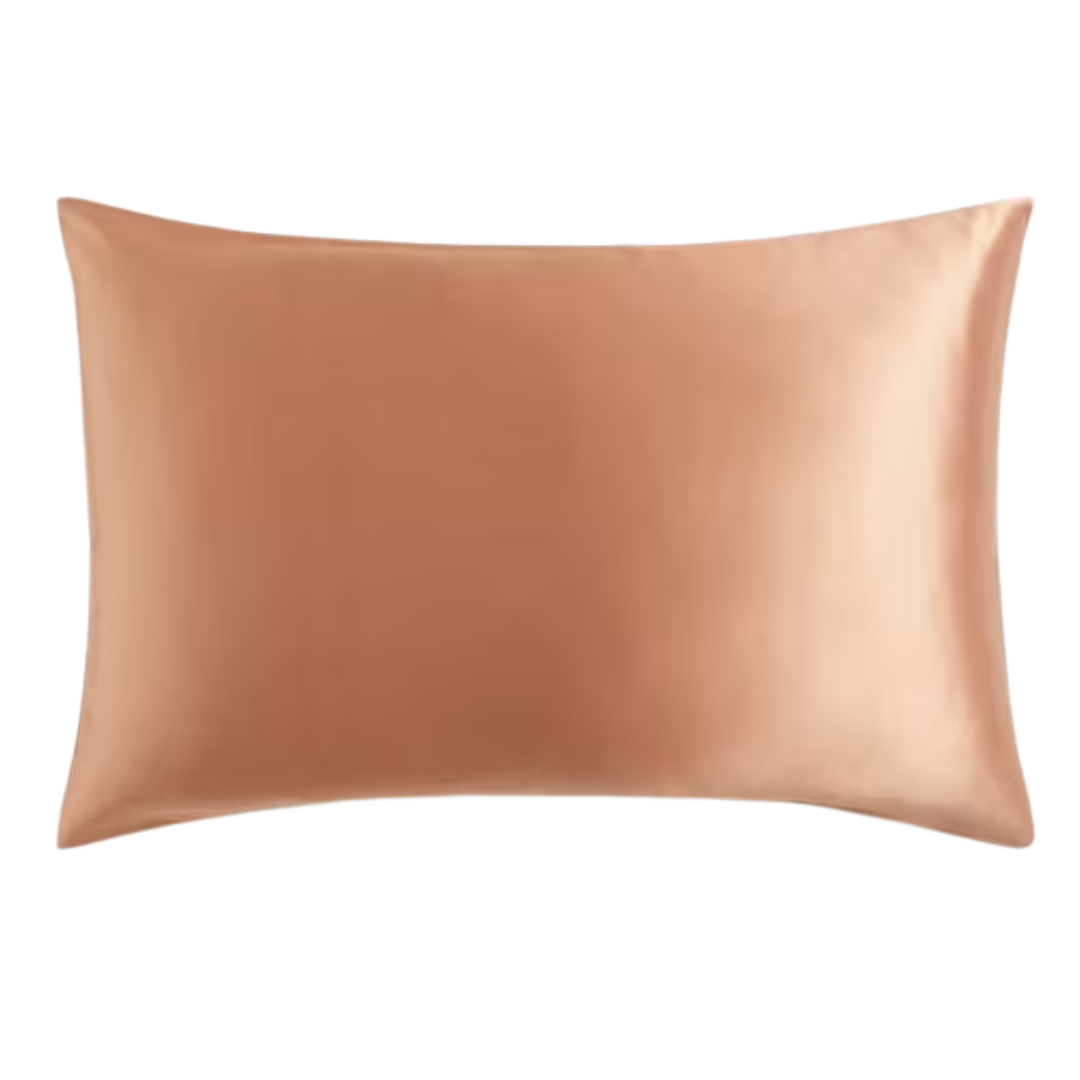
From Duck Egg to Tuscan Clay, John Lewis delivers one of the most impressive color offerings in the silk pillowcase space — which is harder to find than you’d think. These 100% silk cases are gentle on skin, machine washable(!), and backed by dozens of raving reviews.
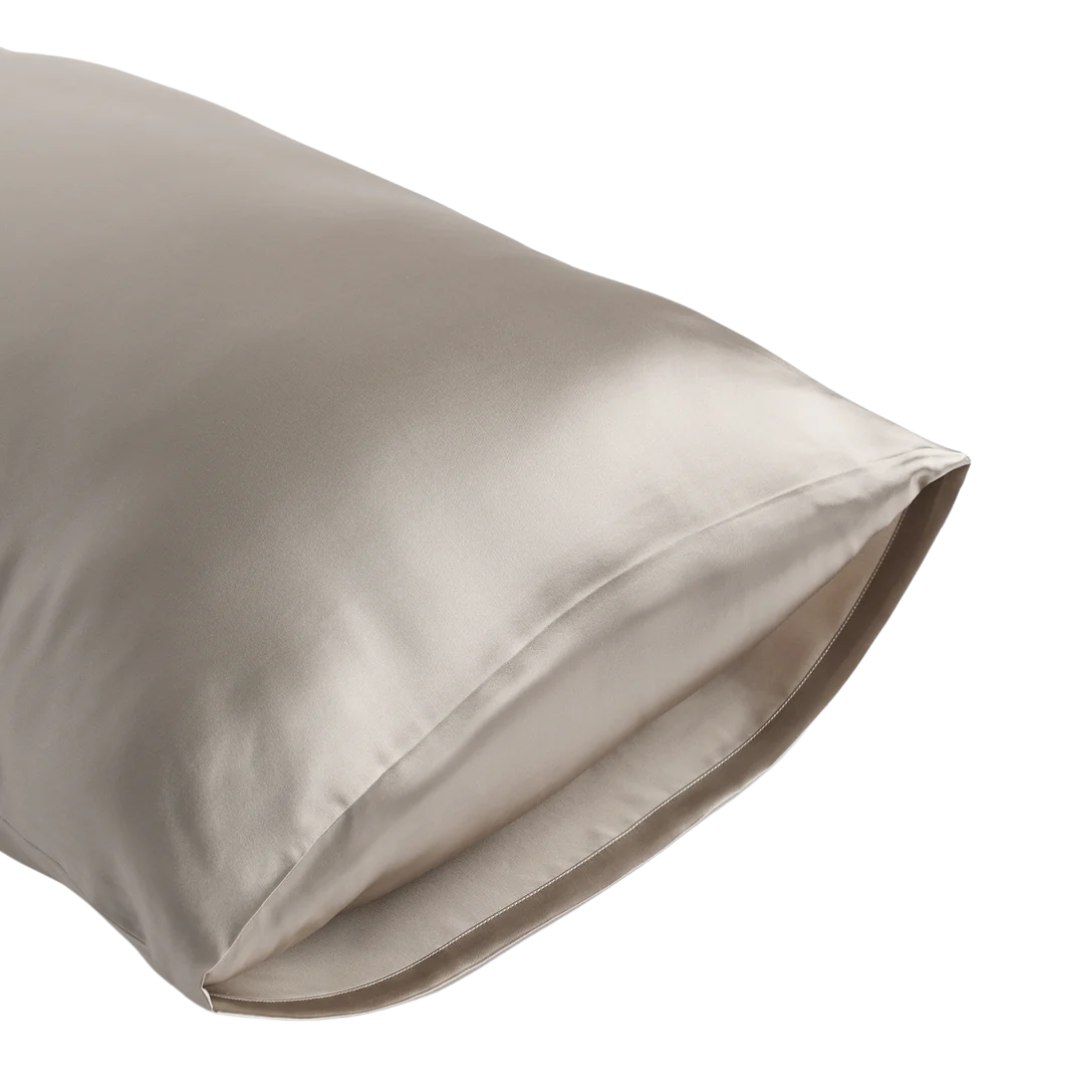
If you want to fully commit, look no further than Cozy Earth. Made from 6A long fiber mulberry silk, sandwashed and aloe-infused, it takes the hair-and-skin-benefits pitch a step further. The nearly perfect 4.9-star rating over 79 reviews — plus a 100-day free trial — makes the price feel a little less absurd.

Silk is beautiful — and expensive — which makes waste feel particularly tragic. LILYSILK understood the assignment with its sustainable pillowcases, which are comprised of a series of silk scraps recut into tonal, tricolor designs. No two are the same. Technically an eco-effort, but also the most visually interesting option here. If you couldn’t decide between silk or bamboo, this feels like a smart, happy middle.
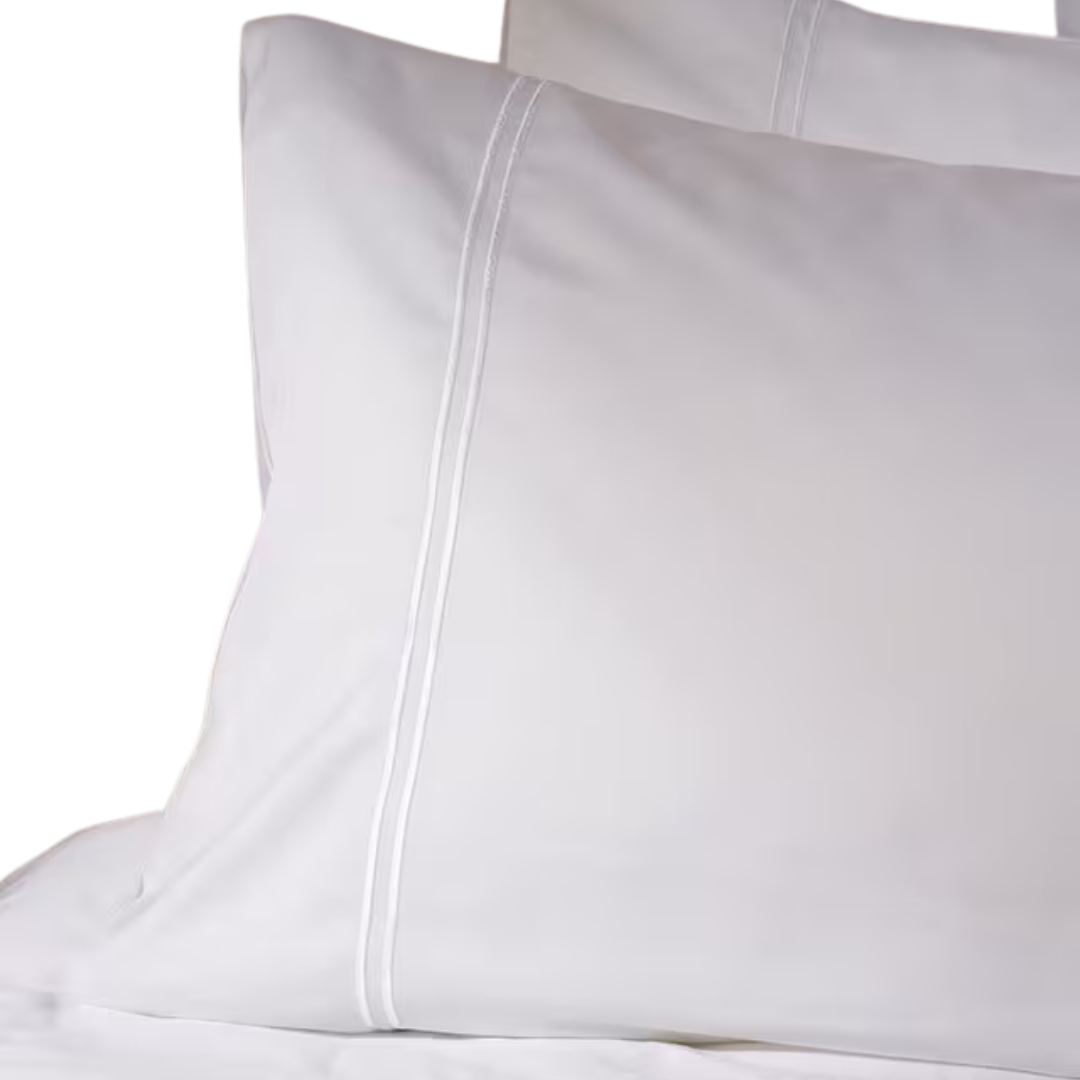
Bamboo pillowcases tend to skew a little…. basic, but this one proves otherwise. Its crisp white colorway might be classic, but it’s the stitched border gives it that elevated, hotel look. With a perfect 5-star rating, this cooling, regenerative fabric has never looked so luxe (especially at this price).
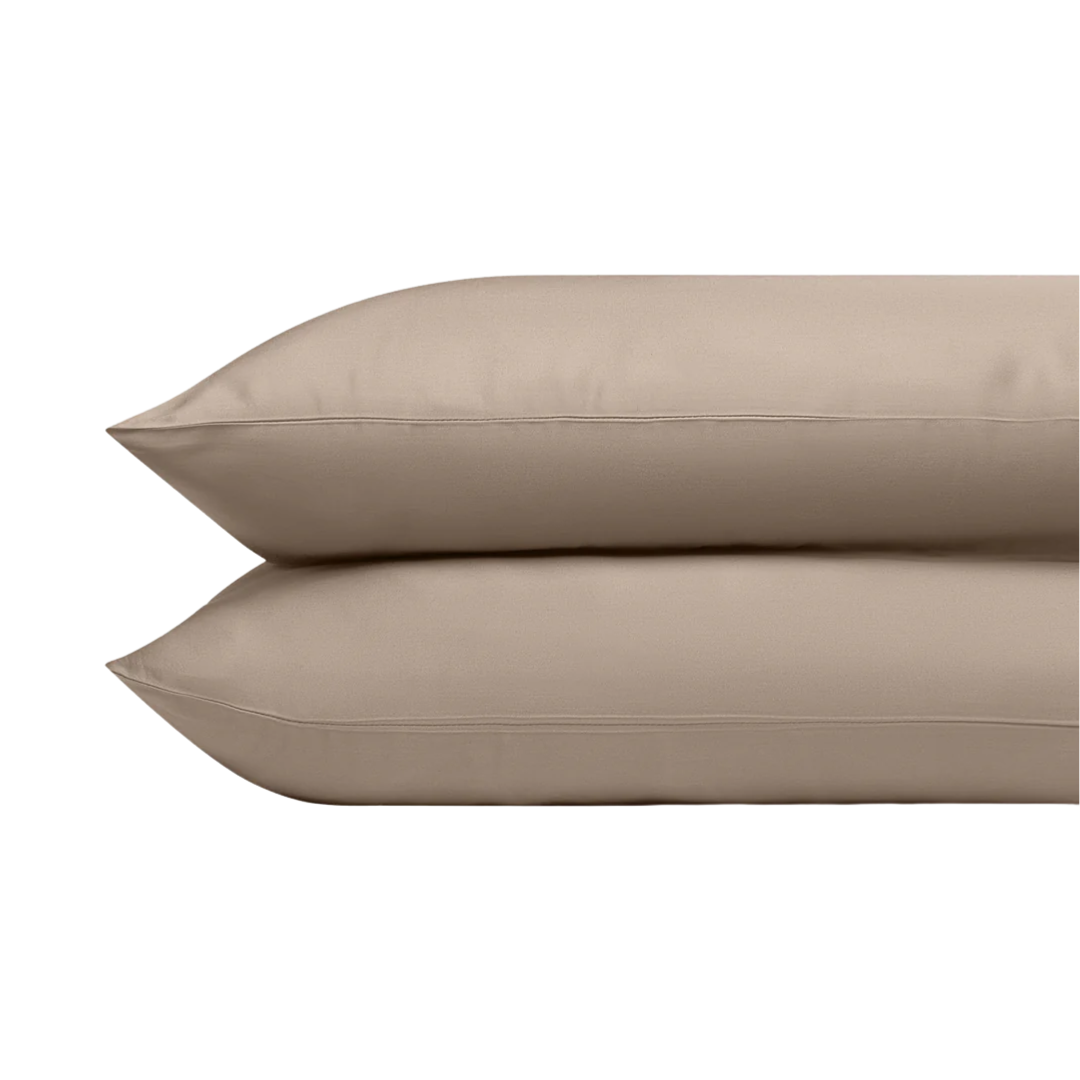
Cozy Earth pretty much put bamboo viscose on the map — and these pillowcases are a big reason why. I own them, and as someone who usually swears by silk, I’m genuinely surprised by how polished they look and feel. Cooling, lightweight, and ideal for summer, they’ve racked up 2,000+ near-perfect reviews for a reason. Certified favorite.
Silk vs bamboo pillowcases — whichever side you’re on, you don’t have to pay full price. Head to our full guide to the top bedding deals to shop now.
Still can't choose between fabrics? CULTIVER's clever Silk Linen Flip pillowcase means you don't have to choose.

Formerly covering fashion at L’Officiel USA, style maven Julia Demer brings her love of design to Livingetc’s world of interiors. As the title’s New York-based Style Editor, Julia's work reflects a sharp eye for detail and an innate passion for aesthetics. Her journey began with a strong foundation in design, honing her craft at renowned establishments like The Row and even establishing her own eponymous fashion brand. Julia’s design background is evident in the way she thoughtfully curates shopping edits, always maintaining a focus on emerging trends while preserving timeless sensibilities. For Julia, fashion and interiors go hand in hand, reflecting her lifelong commitment to perfecting the art of style.
